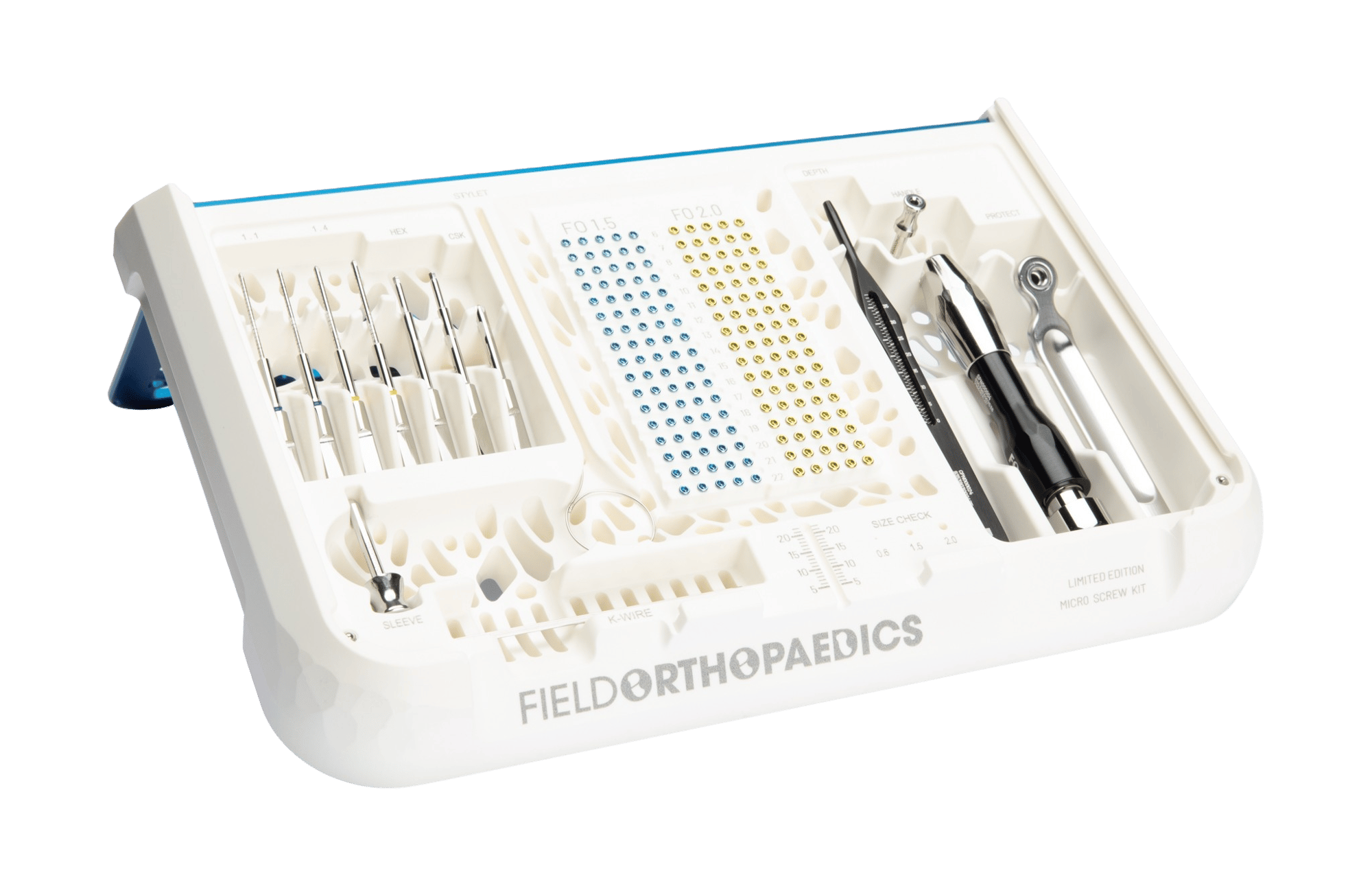
Micro Screw
Overview
Key Features
Built on the values of precision and strength, the implant design accommodates a simpler, faster repair that offers an alternative to K-wires and the associated complications.
Design: Fully cannulated design for single shot insertion, reinforced head geometry for strength during insertion and compression and an optimised lagging geometry.
Fixation: Immediate compression with definitive and rigid fixation at a small scale.
Range: 1.5mm and 2.0mm diameter options ranging in length from 6mm – 22mm at 1mm increments.
Material: Manufactured from Titanium alloy (Ti-6AI-4V ELI) for strength and biocompatibility.
Clinical Uses
- Finger, Thumb, Metacarpal and Wrist.
- Intra and extra-articular fractures.
- Fractures, osteotomies, and arthrodesis of small bones in the hand and wrist.
Size Range
With 34 cannulated partially threaded compression screws available across 1.5mm and 2.0mm diameters, the Micro Screw System offers a comprehensive range.
Diameters: 1.5mm and 2.0mm
Length Range: 6mm – 22mm
Size Increments: 1mm
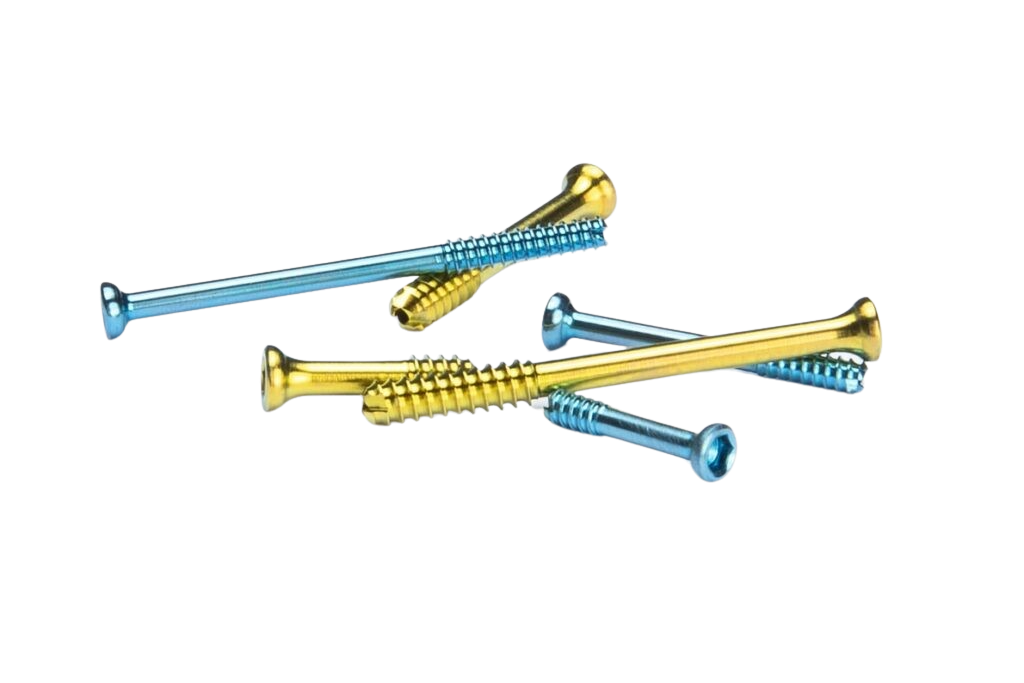
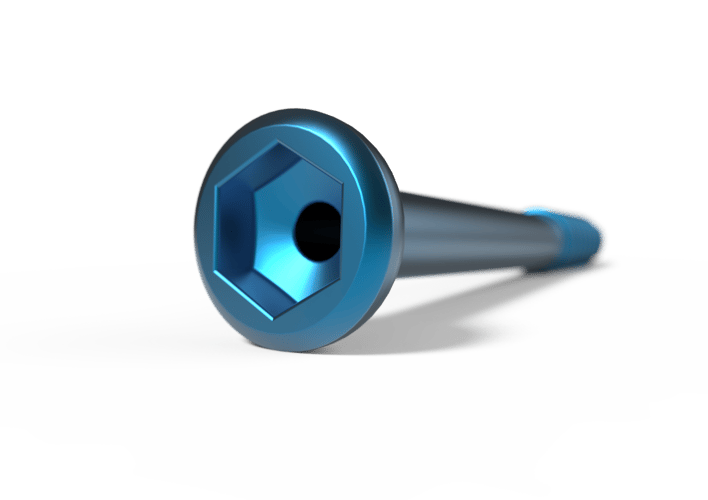
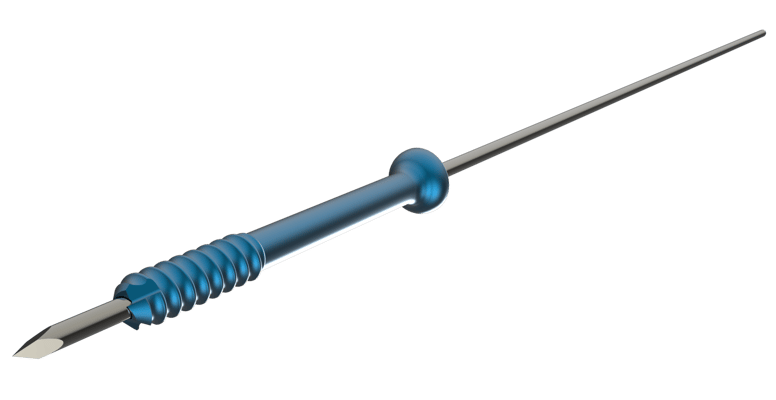
Product Information
Surgical Technique
Micro Screw Case Reports
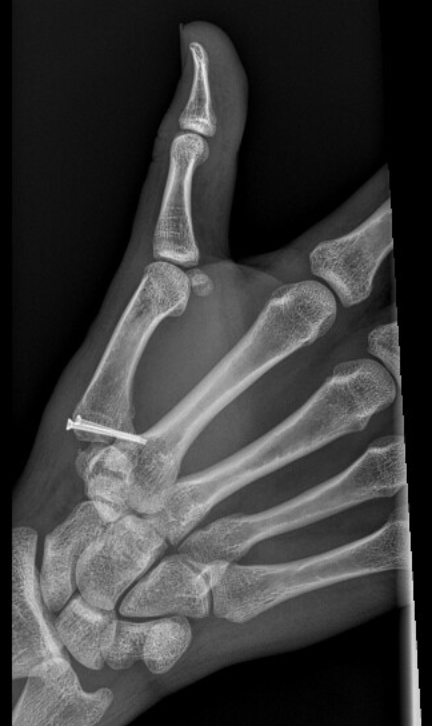
Using Micro Screw for a Bennett’s Fracture of the thumb.
A 20-year-old right-hand dominant male presented to Dr Larson complaining of thumb pain, three days after falling off his skateboard. Radiographic examination revealed a displaced Bennett’s fracture and a relatively small and mildly comminuted Bennett’s fragment. Given the patient’s young age and dominant hand involvement, a closed reduction with percutaneous fixation using the Micro Screw was performed.
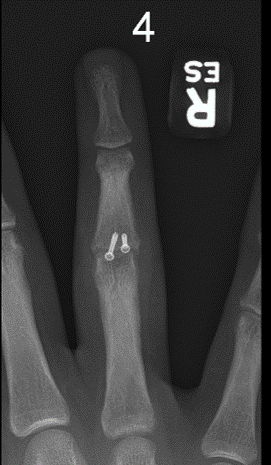
Using Micro Screw for a PIPJ Fracture.
A 17-year-old right-hand-dominant male presented with a flexed, swollen and painful right ring finger ten days following an injury sustained when his hand got caught in a dog leash. X-ray revealed a PIP joint fracture, involving a large P2 volar lip fragment and comminution from the base of the middle phalanx. Dr Malone achieved definitive fixation using a volar approach with two 1.5mm cannulated Micro Screws.
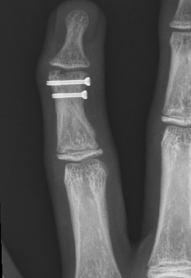
Using Micro Screw for a P2 Corrective Osteotomy.
14-year-old right-hand dominant female competitive equestrian rider presented with a malunited radial condylar fracture of the middle phalanx of the left ring finger. The patient presented to Dr. Couzens with a cosmetic deformity defined by 20 degrees of angulation. Dr Couzens elected to manage the deformity with a sliding osteotomy using a 1.5x8mm and a 1.5x10mm FO microscrew.
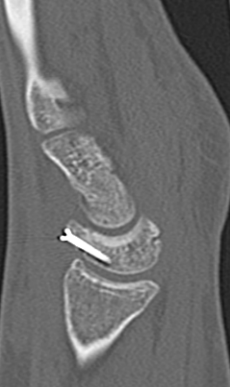
Using Micro Screw for a dorsal lunate fracture.
19 year-old right-hand dominant male student presented with right wrist stiffness, weakness and pain at the extremes of motion and on palpation of the dorsal lunate. X-ray and CT indicated a dorsal lunate fracture with an established non-union. Dr Anderson elected to perform a lunate Open Reduction Internal Fixation (ORIF) with a FO 1.5x12mm microscrew.
